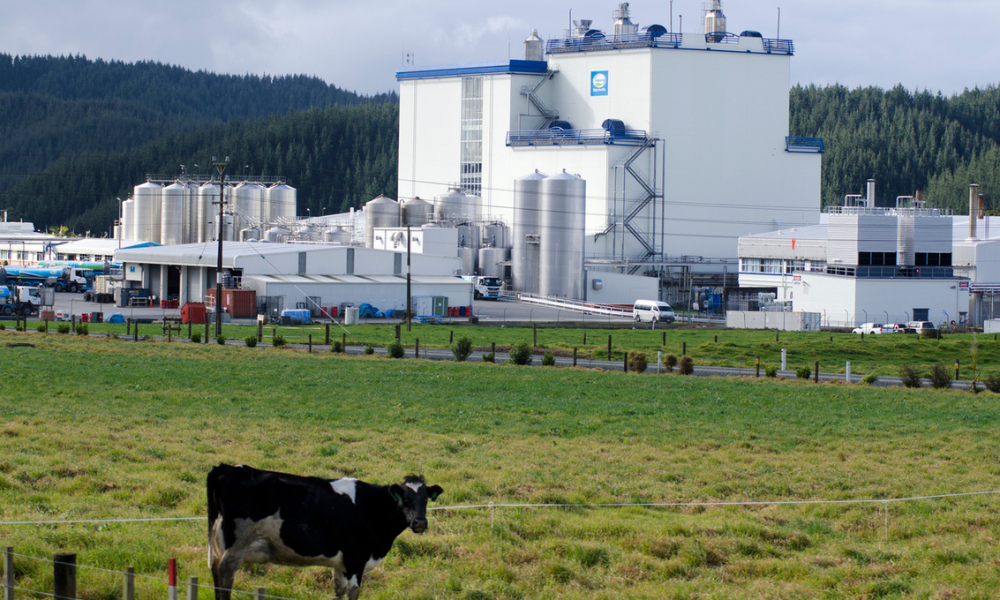What are the prospects for those looking to hire in New Zealand in 2013?
.jpg) There is some good news for those looking to recruit candidates in New Zealand this year: the brain drain appeared to be slowing in November last year. Net migration in November 2012 was positive for a third month in a row at 590, according to figures from Westpac.
There is some good news for those looking to recruit candidates in New Zealand this year: the brain drain appeared to be slowing in November last year. Net migration in November 2012 was positive for a third month in a row at 590, according to figures from Westpac.
Similarly, Statistics New Zealand’s seasonally adjusted figures revealed a net gain of 600 migrants in the same month. This was the highest (seasonally adjusted) net gain of migrants for almost two years, since December 2010 registered 700.
In addition, the haemorrhage of New Zealanders leaving for Australia appears to be slowing with November recording the lowest net loss across the Tasman since February 2011, according to Westpac and Statistics New Zealand. The latter organisation recorded a seasonally adjusted net loss of 2,800 migrants to Australia last November, which was well below the average of 3,300 between March 2011 and October 2012.
Westpac attributed this slow down to rising unemployment in Australia and job growth in New Zealand in a recent report. “With further rises in unemployment expected in Australia, along with accelerating construction-driven growth in New Zealand, we expect further improvement in net migration trends over 2013,” it stated.
However, it’s not all good news. The number of permanent and long-term arrivals in the year to November 2012 was 84,600 compared with 86,200 departures, resulting in a net loss of 1,600 migrants. This compares with a much smaller net loss of 568 in the year to November 2011.








